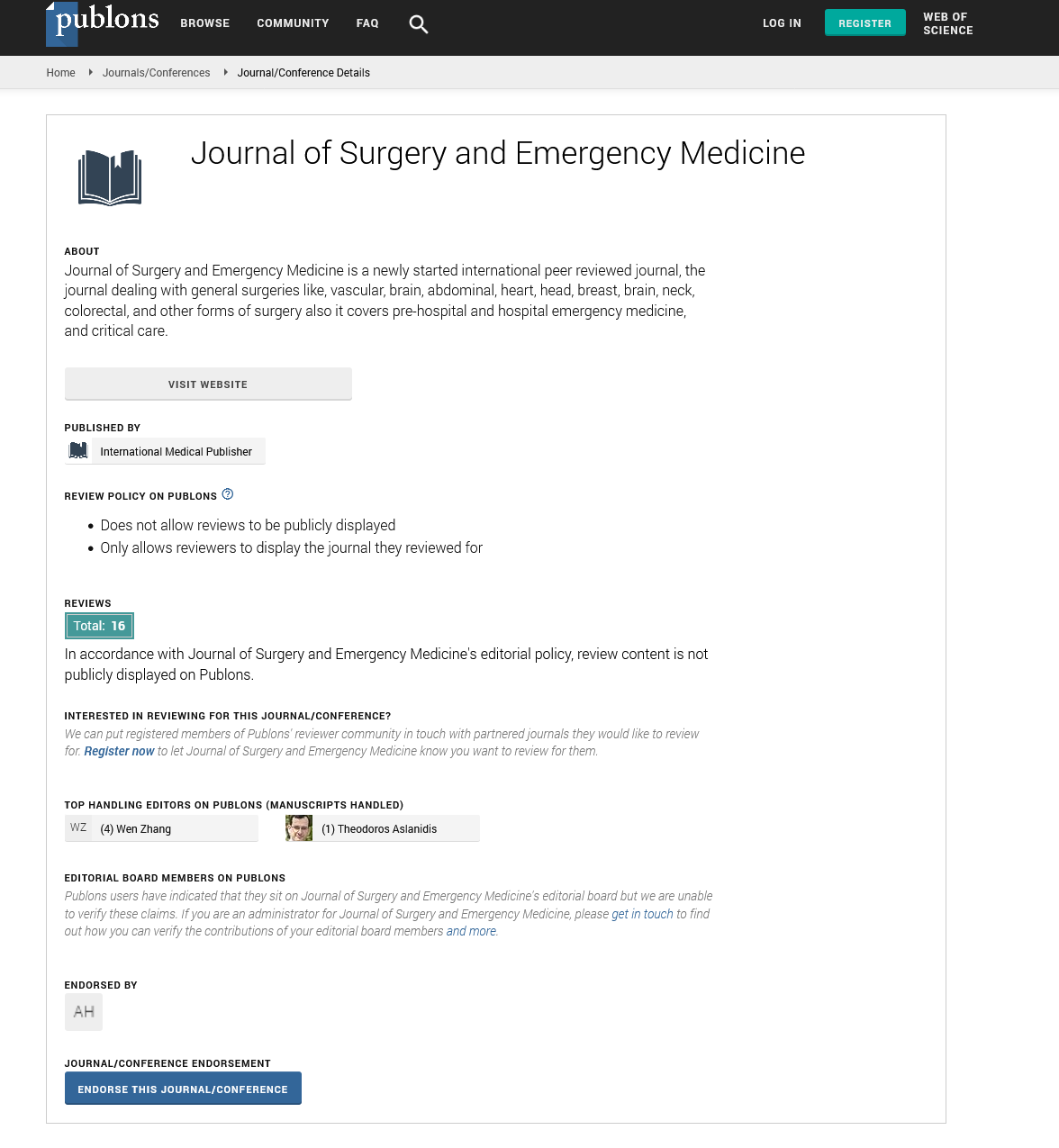Abstract
Research on key molecules of osteoporosis based on proteomics of bone tissue in postmenopausal women
Purpose: Using bone tissue proteomics analysis to find new mechanisms and new targets for the pathogenesis of postmenopausal osteoporosis, and to provide new strategies for the diagnosis and prevention of postmenopausal osteoporosis.
Methods: In this study, patients were screened according to the inclusion and exclusion criteria, and the femoral skull tissue samples were collected. A total of 96 femoral skull tissue samples were collected. A total of 83 samples were qualified for protein examination. The bone tissue samples were performed according to the bone mineral density T value of the patient's hip. Grouping: normal group (T>-1.0, group A), bone mass decline group (-2.5<T<-1.0, group B),osteoporosis group (T<-2.5, group C), all samples were protein Extracted, digested with trypsin, and labeled with TMT. After HPLC fractionation, liquid chromatography-mass spectrometry was used to analyze the expression levels of different proteins in each bone tissue specimen; analysis of proteins with significant differential expression between each group of bone tissues (change fold≥ 1.2, P value ≤0.05), perform bioinformatics analysis, and further screen the three groups of osteoporosis group, bone mass loss group and normal group that show continuous up-regulation or down-regulation as possible key molecules of osteoporosis .
Results: This postmenopausal female bone tissue proteomics study identified 3743 proteins in human bone tissues, of which 3280 proteins contained quantitative information. Using 1.2 times as the differential expression change threshold and statistical test t-test p-value<0.05 as the significance threshold, then among the quantified proteins, the expression of 353 proteins in the B/A comparison group was up-regulated, and 387 proteins The expression was down-regulated; the expression of 343 proteins in the C/A comparison group was up-regulated, and the expression of 288 proteins was down-regulated; the expression of 224 proteins in the C/B comparison group was up-regulated, and the expression of 310 proteins was down-regulated; and for all differentially expressed proteins Functional classification, functional enrichment and cluster analysis based on functional enrichment were carried out; through further screening of the proteins that showed continuous changes in the three groups, 18 down-regulated proteins and 13 up-regulated proteins were found, a total of 31 differences in the same direction and significant The proteins include COL1A1, COL1A2 and DMP1, which are known to play an important role in bone metabolism. Among the 31 differential proteins, 26 proteins have not been reported in bone metabolism related research.
Conclusion: This proteomics has identified a large number of proteins in the bone tissues of postmenopausal women, and found that there are significant differences in the proteins in bone tissues among people with normal, reduced bone mass and osteoporosis. Through screening, we have obtained 31 significant differences. Proteins. These proteins include not only the currently known protein molecules related to bone metabolism, but also many proteins with unknown functions and roles in the process of bone metabolism. These may be a search for new mechanisms and new targets for the pathogenesis of postmenopausal osteoporosis.
Author(s): Aifei Wang
Abstract | PDF
Share This Article
Google Scholar citation report
Citations : 131
Journal of Surgery and Emergency Medicine received 131 citations as per Google Scholar report
Journal of Surgery and Emergency Medicine peer review process verified at publons
Abstracted/Indexed in
- Google Scholar
- Publons
Open Access Journals
- Aquaculture & Veterinary Science
- Chemistry & Chemical Sciences
- Clinical Sciences
- Engineering
- General Science
- Genetics & Molecular Biology
- Health Care & Nursing
- Immunology & Microbiology
- Materials Science
- Mathematics & Physics
- Medical Sciences
- Neurology & Psychiatry
- Oncology & Cancer Science
- Pharmaceutical Sciences
